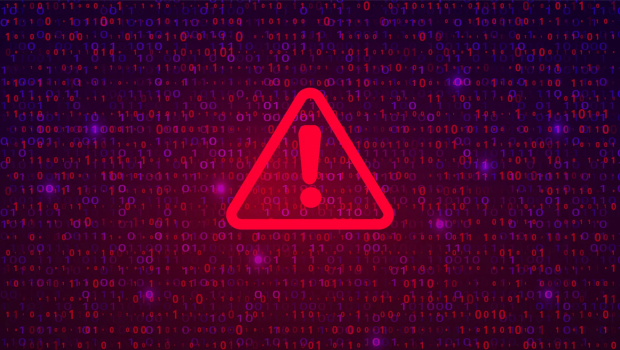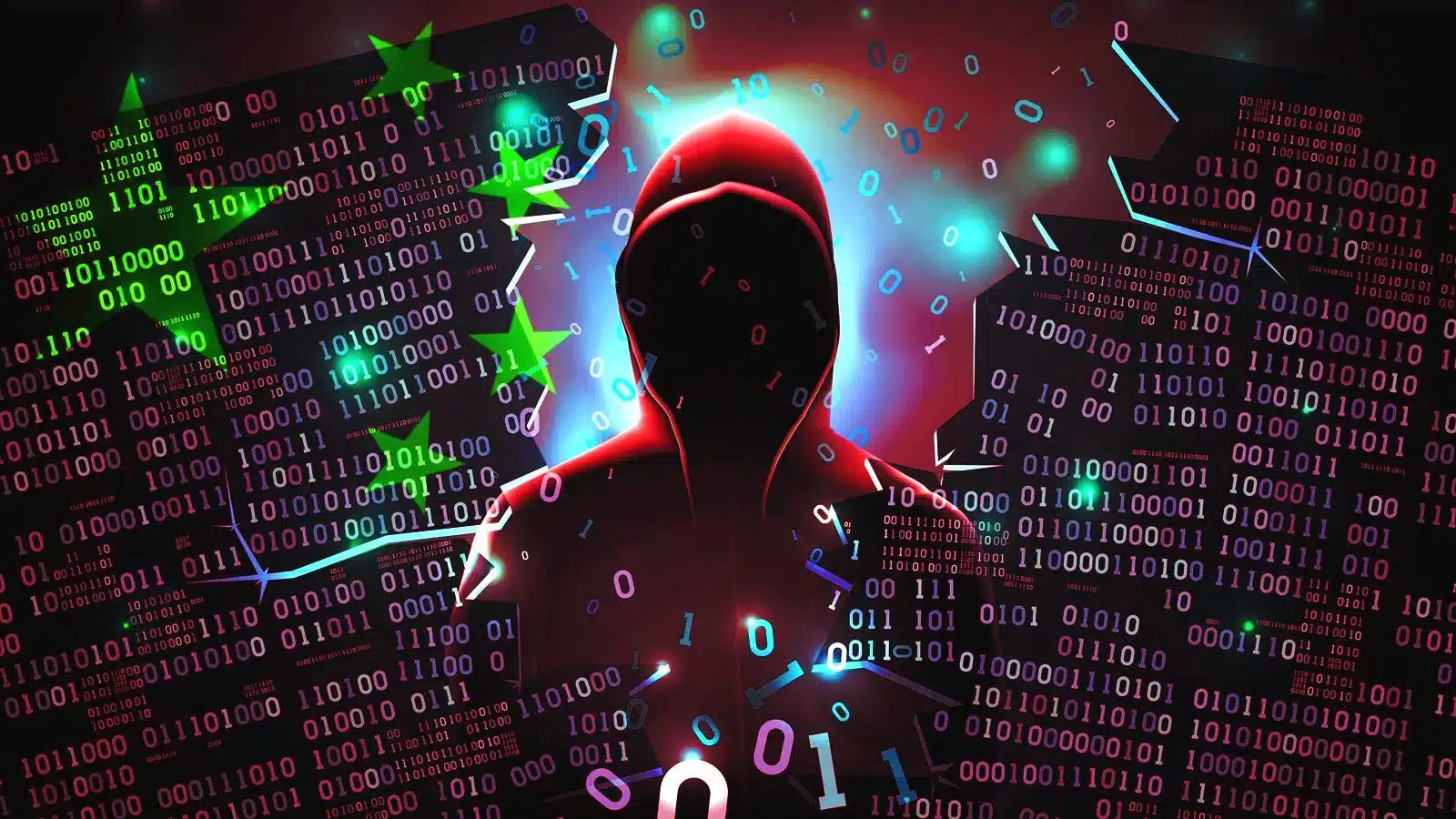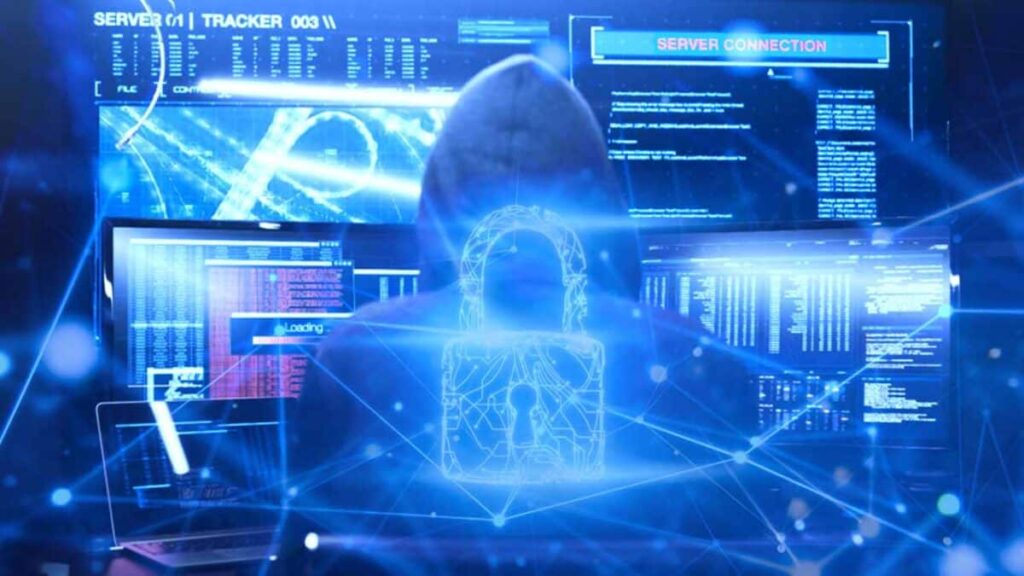No federal privacy law? After the 23andMe hack, it’s time to take action
This is a guest post by Kate Krauss, a digital rights advocate based in Philadelphia.
On Oct. 6, 23andMe announced the loss of customer data to hackers who targeted Ashkenazi Jews. The data of as many as a million people was reportedly stolen and is currently being sold anonymously on the Internet. The hack exploited customers who reused passwords and the platform’s feature called “DNA Relatives,” linking one person to another.
We won’t easily forget this awful hack — but every year, tens of millions of Americans become victims of information leaks, so many that they have begun to blur together. Microsoft, for one, has been hacked at least 10 times since 2018.
Victims range from ordinary people, like those in the 23andMe hack, to the most politically sensitive: the State Department’s China diplomats; the Secretary of Commerce. Hackers access people’s email and steal their social security numbers or their home addresses, and in one case, in-depth psychological profiles needed for top security clearances.
If we use the frog-in-hot-water analogy for Americans and their information privacy, this frog is dead.
Weak laws let companies get away with weak security.
Current US privacy laws are so ineffective that Europeans are afraid to send their data here lest it be hacked, leaked, or surveilled. This fear was the basis of the tensely negotiated “Data Privacy Framework” between the EU and the US over whether and how to allow the personal data of European citizens to be sent to this country.
Without the risk of a giant fine or, say, jail time, many tech giants can and do get away with managing their data security badly. They fail to update security keys, encrypt users’ credit card numbers or enforce multi-factor authentication.
Weak laws let companies get away with weak security. For instance, 23andMe didn’t require users to use two-factor authentication or warn users about the dangers of enabling “DNA Relatives.” If they have to pay a small fine — small to them — that’s the cost of doing business.
In 2019, the year that the Cambridge Analytica scandal caught up with Facebook, the company paid $5 billion to the FTC for illegally sharing…






